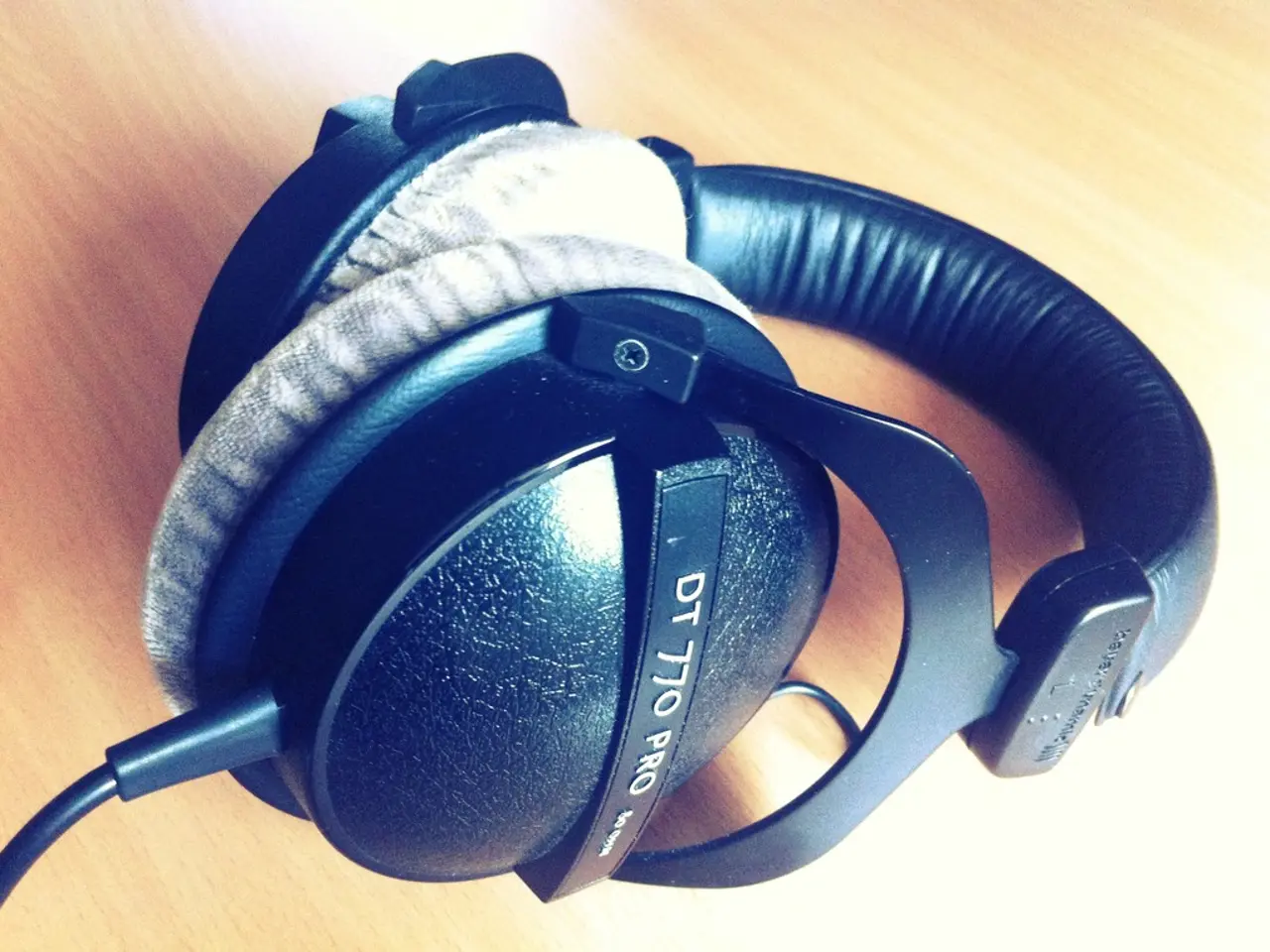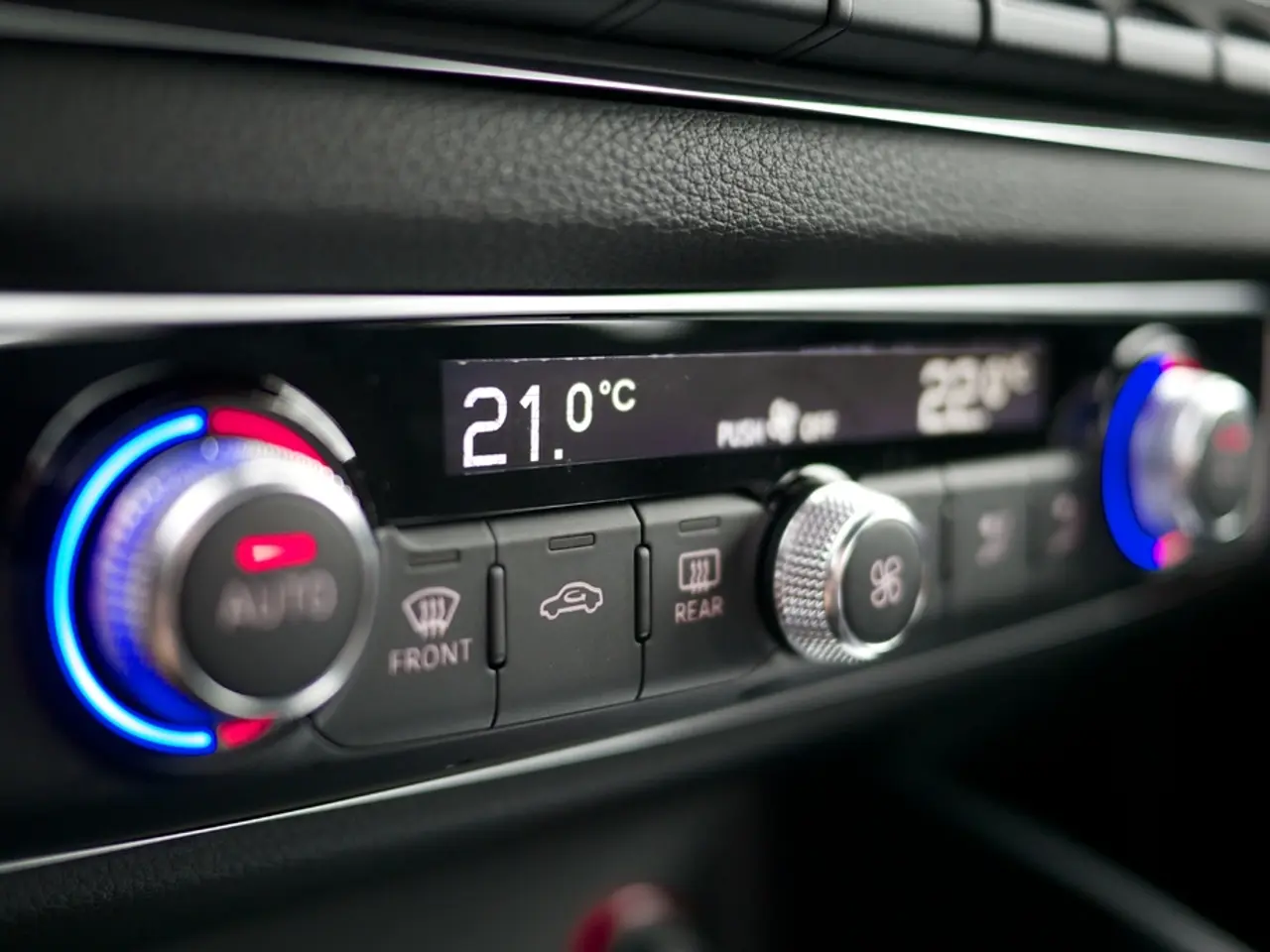Uncovering the Key to Smooth Audio: Solving the Enigma of USB Dongles for Headphones
USB dongles for headphones are small, plug-and-play devices that connect to a computer or gaming console via a USB port. They serve as wireless receivers, allowing headphones to receive audio signals without the need for Bluetooth or other wireless technology.
Some USB dongles can be used with multiple devices, while others may be limited to a single device. The compatibility of the USB dongle with the wireless headphones is essential to ensure a successful connection.
One of the key benefits of USB dongles for headphones is the low latency, high-fidelity audio they offer. This makes them suitable for various applications, including gaming, music production and DJing, and video editing and post-production. The wireless technology used by the USB dongle is typically Radio Frequency (RF), although some solutions employ ultra-wideband (UWB) technology.
The frequency response of a USB dongle determines the range of audio frequencies it can transmit, with a range of 20Hz to 20kHz being desirable for accurate and detailed sound reproduction. The bit depth and sample rate of a USB dongle also impact the audio quality. A bit depth of 24-bit and a sample rate of 96kHz or higher are desirable for high-fidelity audio.
Using a USB dongle for headphones offers several advantages over traditional wireless audio solutions like standard Bluetooth. The dedicated wireless link to the headphones provides a more stable and reliable connection, reducing dropouts, interference, and pairing issues. The lower latency of USB dongles is also important for real-time audio tasks such as video calls and gaming, ensuring audio and video sync better and communication is more natural.
The direct connection often delivers superior and consistent audio performance compared to typical Bluetooth, which can be affected by interference and device variability. USB dongles provide easy setup without complex device pairing, making them user-friendly for work or casual use. Some solutions incorporating USB dongles or DECT technology support more stable, long-range wireless communication than standard Bluetooth.
In contrast, traditional Bluetooth headphones rely on the device’s built-in Bluetooth, which can vary widely in quality, leading to inconsistent performance or connection instability, especially in busy wireless environments or with some PC hardware. Therefore, USB dongle headsets are often favored in professional or hybrid work environments, gaming, and video conferencing because they combine the convenience of wireless use with the stability and audio quality closer to wired solutions.
When choosing a USB dongle for headphones, consider the wireless technology, frequency response, bit depth, and sample rate to ensure you get the best possible audio quality for your needs.
Gadgets like USB dongles for headphones are equipped with advanced technology, often utilizing Radio Frequency (RF) or ultra-wideband (UWB) wireless technology. These gadgets are not limited to single devices, as some can be used with multiple devices, ensuring flexibility in use.




